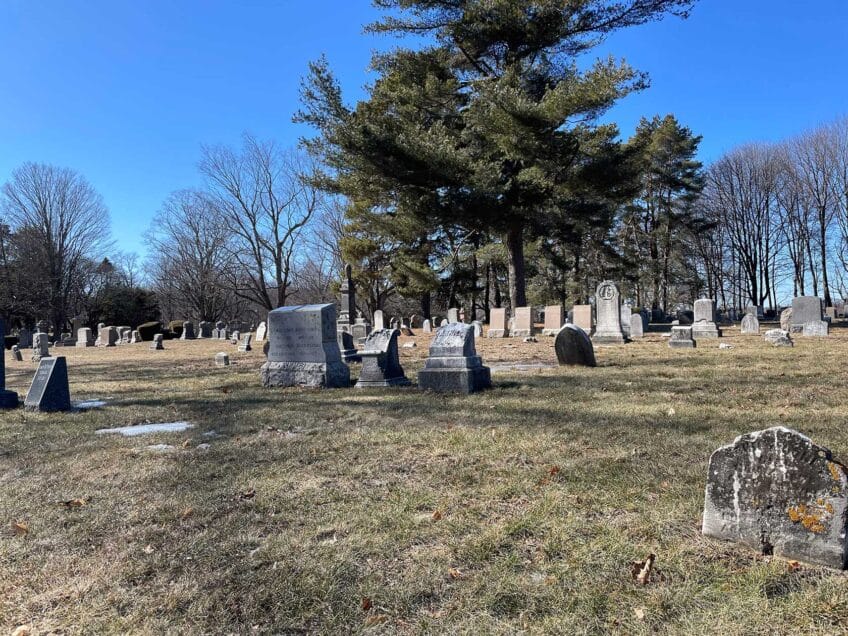
Who were the Tuskegee Airmen?
They were black military pilots who trained at Moton Field and nearby Tuskegee Army Air Field and who were educated at Tuskegee University in Alabama. The program officially began in 1941.
The legacy of the Tuskegee Airmen continues to inspire almost 80 years after African Americans were first allowed to become U.S. military pilots. Reviving their glory, the Commemorative Air Force’s Red Tail Squadron celebrates black history with Rise Above, an inspirational and educational traveling exhibit about this significant aspect of aviation history.
The exhibit tours the country nine months out of the year to educate and inspire with the history of the Tuskegee Airmen, who trained and served as part of a segregated armed services, said LaVone Kay, spokesperson for the Commemorative Air Force’s Red Tail Squadron.
“These war heroes broke down barriers with their courage and determination to serve our country in World War II, and their ability to triumph over adversity remains a compelling and inspirational example to us all,” Kay said.
The free, immersive exhibit features an original film shown on a 160-degree panoramic screen that details the life, legacy and lessons of the Tuskegee Airmen, also known as the Red Tails for the distinctive red-tailed P-51 Mustang aircraft they flew during World War II, Kay said. Shown on a large-format screen to create the feeling of being in the cockpit, the documentary shares the pioneers’ struggle for civil rights and equality.
When possible, one of the few living Tuskegee Airmen appears to share his story along with a restored P-51C Mustang.
![Four pilots of the 332nd Fighter Group [From the Col. Roosevelt J. Lewis (USAF. Ret) collection, Moton Field, Tuskegee, Alabama]](https://baystatebanner.wpengine.com/wp-content/uploads/2020/02/1C-1122_Fea_Four-pilots-300x217.jpg)
Four pilots of the 332nd Fighter Group [From the Col. Roosevelt J. Lewis (USAF. Ret) collection, Moton Field, Tuskegee, Alabama]
“To date 13 of the 355 red-tailed combat pilots who served overseas are still living,” said Kay, who noted that 992 pilots trained at Tuskegee.
The exhibit isn’t only for children, though kids do receive an inspirational “dog tag” with the six guiding principles that reflect how the Tuskegee Airmen rose: Aim High, Believe In Yourself, Use Your Brain, Never Quit, Be Ready to Go, Expect To Win.
“The lessons and the legacy of the Tuskegee Airmen are so much more than a page out of a World War II history book. They are an example of how to overcome any obstacle and triumph over your own adversities,” Kay said.
It was a commonly held belief at the time that although thoroughly trained using the same protocol and standards as white pilots, these men lacked equal capacity in skill and courage, Kay said.
“When the pilots of the Tuskegee Airmen earned their wings and deployed to the warfront, they carried an extra burden of proving their worth to military leaders simply because of the color of their skin. … It would take an extraordinary record to prove otherwise, and the Tuskegee Airmen made their place in history by doing just that. And they did it despite numerous obstacles set before them. They are an example of courage and perseverance for generations to come,” Kay said.
“The black fighter pilots overcame many odds in the course of the war, and disproved those who claimed that they were inferior to the white pilots,” said Daniel Haulman, retired United States Air Force historian.
The Tuskegee pilots who deployed and fought in combat overseas first flew in support of ground troops on the mainland of Italy, Haulman said. In the middle of 1944, they escorted B-17 and B-24 bombers of the 15th Air Force to protect them against enemy fighters. The Tuskegee Airmen shot down a total of 112 enemy airplanes during World War II, Haulman said.
“The Tuskegee Airmen flew approximately 1,500 missions, 312 of them for the 15th Air Force; 179 of those missions were to escort bombers, and the 332nd Fighter Group lost bombers they escorted on only seven of those missions. The total number of Tuskegee Airmen-escorted bombers shot down by enemy airplanes was 27, but the average number of bombers lost by each of the other groups of the 15th Air Force was 46. The black pilots lost significantly fewer bombers than the white pilots, partly because they stuck closer to the bombers they protected,” Haulman said.
In addition to their aerial success in combat overseas as the first African American pilots in American military service, the Tuskegee Airmen also contributed to the desegregation of base facilities and to the desegregation of the armed forces, which in turn contributed to the end of segregation in the United States, Haulman said.
About the exhibit
Rise Above travels to schools and events by request. For details, contact Kristi Younkin, CAF Red Tail Squadron senior logistics coordinator, 479-228-4520 or logistics@redtail.org, or fill out a form at redtail.org/rise-red-tail/rise-traveling-exhibit.







